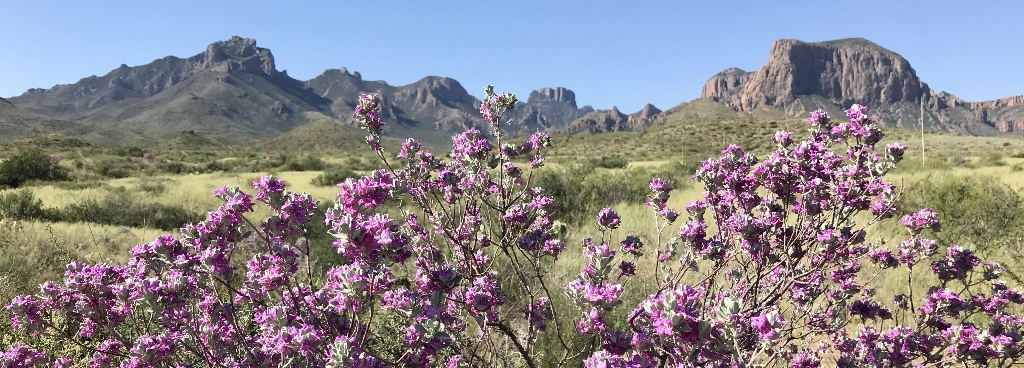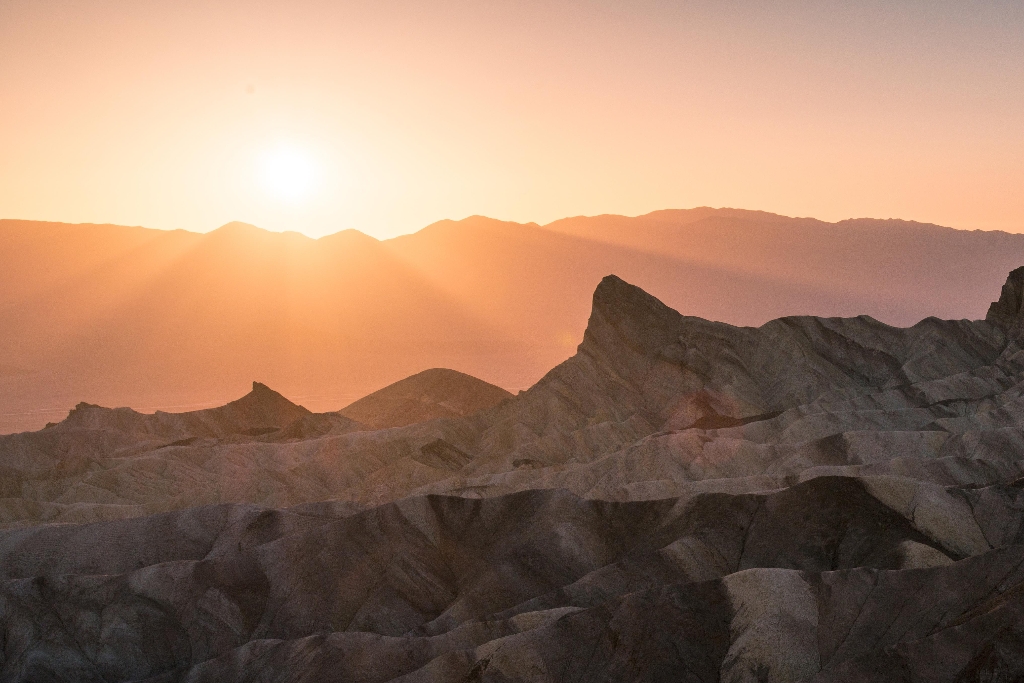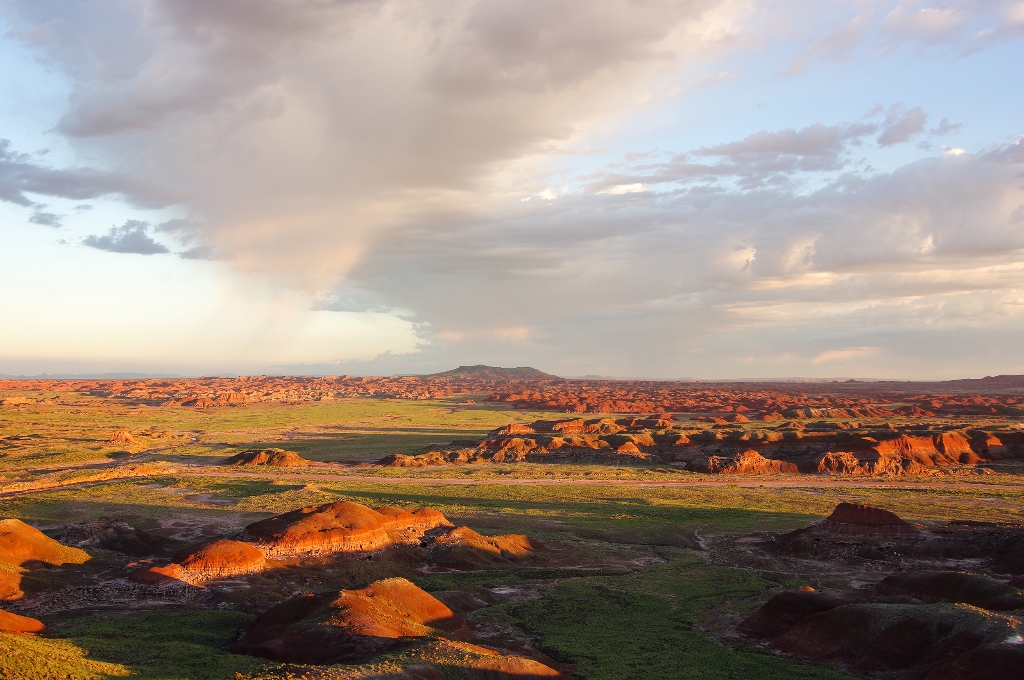
A short drive down Forge Creek Road leads to the Henry Whitehead Place, a uniquely built home and the last example of a sawn log house in the park. The story of this home begins with the smaller cabin in the back. This cabin is simple, but visitors today might notice the ‘granny hole’ by the fireplace. It provided the person tending the fire with a window outside. This one room cabin was built roughly and quickly out of necessity for Matilda Shields by her brothers in 1881. Matilda and her young son were abandoned by her husband during a visit to see family in Cades Cove. Around the same time, Henry Whitehead lost his wife and became a single father to three young daughters. He and Matilda married in 1887, and he built the larger home in the front between 1895-1898.
This home is often mistaken for a frame structure because it is built of logs that were run through a sawmill and “squared up,” resulting in a smooth, consistent appearance. You can compare this construction to the more common hewn log structure of the original cabin where logs were roughly flattened by hand. Since the logs were irregular shapes, the spaces between the logs had to be filled, or chinked, with mud or clay. With a sawn log building like the Henry Whitehead cabin, the logs fit together so well that almost no chinking was required resulting in a well-insulated home. These two cabins are connected by a covered passageway and serve as an architectural link between the different construction types in Cades Cove.
The outbuilding next to the cabin is a smokehouse, one of five remaining in Cades Cove today. The floor of the smokehouse was often kept as dirt, on which the fire could be built. Freshly cut oak or hickory wood was often used, but water could also be added to older wood to increase smoke production. Smokehouses have interior shelves on which the smoked hams and other meats could be stored for later use. In Cades Cove, the meat was almost always pork because hogs were inexpensive to feed and easy to raise. Smokehouses were typically constructed close to the house for convenience and to provide protection from bears which were attracted by the smell of smoked meats. The structures needed to be sturdy and well-sealed to keep out wildlife, but also to keep in the smoke used for preservation. Storing food safely from wildlife has always been an important challenge and is one people still face today.
The Henry Whitehead place stands alone today, but during its occupation, homes lined Forge Creek Road. There were other large sawed-log houses built by Frederick Shields and James V. Cable, but unfortunately, these buildings were not preserved. This road also leads to another road, Parson Branch Road, which you can drive during the warmer months. This one-way, unpaved, high clearance road leads to Highway 129 and travels through the former area of the Chestnut Flats community. Return to the Cades Cove Loop Road via Forge Creek Road to continue the Auto Tour.
Is there something we missed for this itinerary?
Itineraries across USA


















































